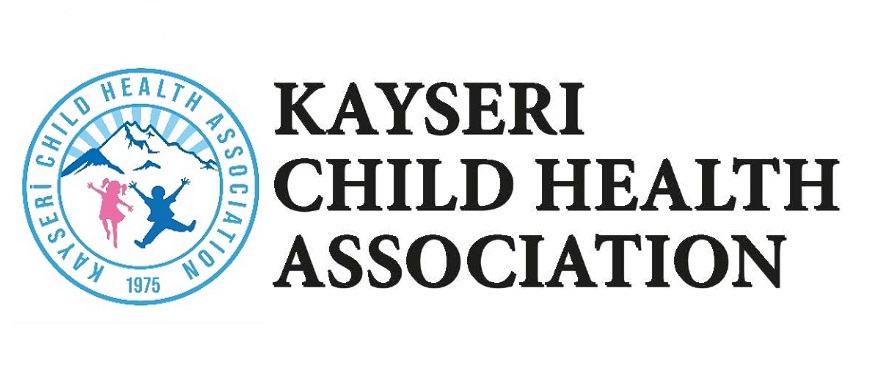The Effect of Thiaminepyrophosphate Levels on Mortality and Morbidity in Patients with Stress Hyperglycemia
Thiaminepyrophosphate levels with stress hyperglycemia
Keywords:
Critically ill child, morbidity, mortality, stress hyperglycemia, thiamine pyrophosphateAbstract
The aim of this study is to evaluate the thiamine pyrophosphate deficiency and effects on critical illness hyperglycemia in pediatric intensive care. 126 critically ill children included to the study which applied to Erciyes University Faculty of Medicine, Department of Pediatric Intensive Care Unit (ICU). Age, sex, diagnosis and presence of malnutrition in admission to ICU; Pediatric risk of Mortality III (PRISM III) and Pediatric Logistic Organ Dysfunction (PELOD) scores; mechanical ventilation and length of stay in ICU was evaluated. Blood glucose, thiamine pyrophosphate, cortisol, insulin, C-peptide, HbA1c level, serum lactate in blood gas were analyzed at the time of application. The patients grouped based on blood glucose levels, the group whose glucose level in blood is more than 150 mg/dl (n:75); PRISM and PELOD scores were high, mechanical ventilation and length of stay in intensive care were longer, thiamine pyrophosphate levels were lower (p<0.001, p=0.005, p=0.008, p<0.001, p<0.01). In case of blood glucose >150 mg/dl (n:51) and thiamine pyrophosphate <180 nmol/l is together; mortality increases 3.342-fold and the case was statistically significant (p=0.014). The group whose glucose level in blood is more than 150 mg/dl respectively, insulin, c-peptide and cortisol levels found high and the findings were statistically significant (p<0.001, p=0.005, p=0.040). Stress hyperglycemia is a common situation seen in critically ill patients as a cause of worse clinical outcomes. Identification of stress hyperglycemia due to thiamine deficiency is difficult but it will shed light on the treatment of critically ill children.









